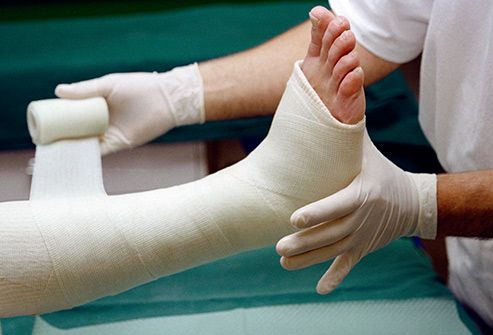
Image from PBS
Andrea Hernandez
You might have been warned by your parents to avoid touching a jellyfish on the beach because it might sting you. And some say urine eliminates the pain. Although it is true jellyfish do sting, this method to treat the sting is incorrect.
Treating jellyfish stings with urine is a long-standing myth that even appeared on the TV Show, Friends. In the show, Monica got stung by a jellyfish and her friend, Joey, suggested that she urinate on the sting because he saw a documentary stating it would relieve the pain. It worked for Monica but in real life you may feel worse.
The tentacles of the jellyfish have tiny stingers called nematocysts which can detach, stick to skin, and release venom. Even if the jellyfish is dead, it can still sting you because the cell structure of nematocysts is maintained long after death. Nematocysts release a thread that contains the venom when a foreign object brushes against the cell and will continue releasing venom until the cells are removed.
Urine is made up of water, salt, and chemicals like urea and uric acid. If you consume a lot of liquid your urine becomes more diluted (meaning mostly water). Fresh water can cause a change in osmotic pressure which can activate the nematocysts to release more venom.
It is advised by physicians to carefully remove the nematocysts from the skin with tweezers and after removing the cells wash the affected area with hot water. If the pain persists or there are signs of an allergic reaction, you should consult with your doctor.
https://www.scientificamerican.com/article/fact-or-fiction-urinating/
https://www.mayoclinic.org/diseases-conditions/jellyfish-stings/symptoms-causes/syc-20353284
https://uamshealth.com/healthlibrary2/medicalmyths/urineforjellyfishsting/
https://www.mayoclinic.org/diseases-conditions/jellyfish-stings/diagnosis-treatment/drc-20353290
https://www.webmd.com/urinary-incontinence-oab/qa/what-is-urine
https://onlinelibrary.wiley.com/doi/abs/10.1046/j.1529-8019.2002.01508.x

